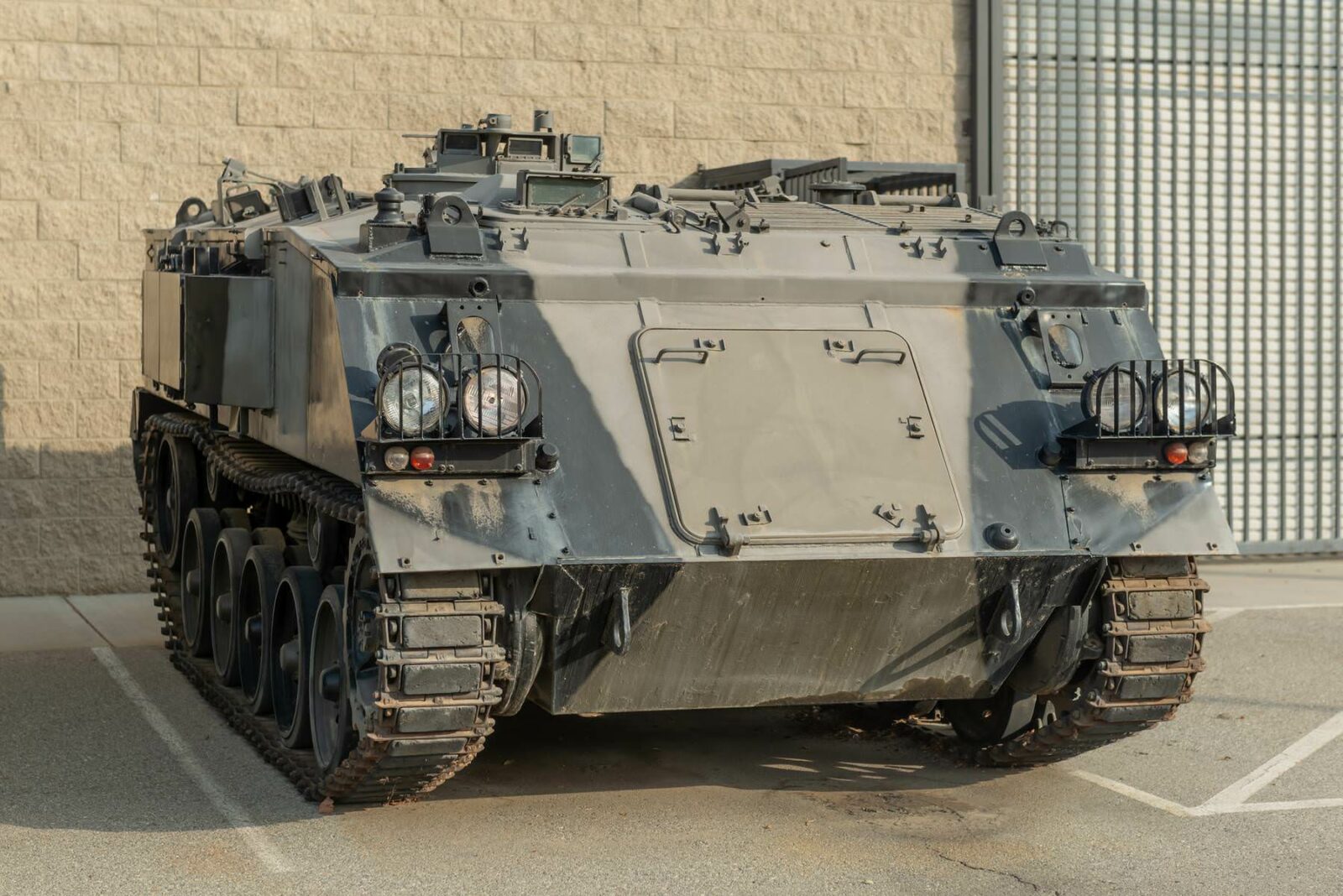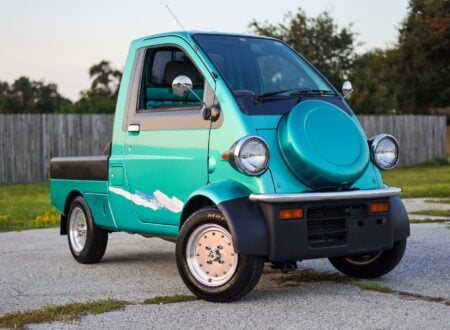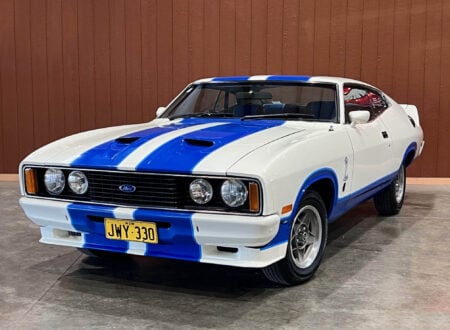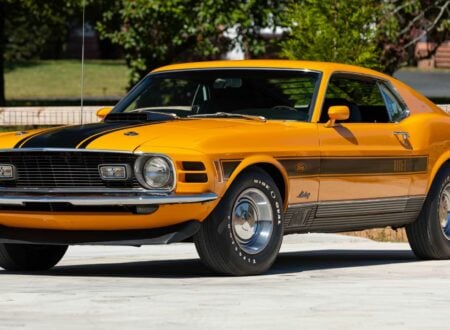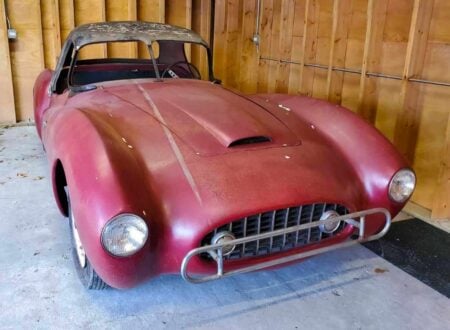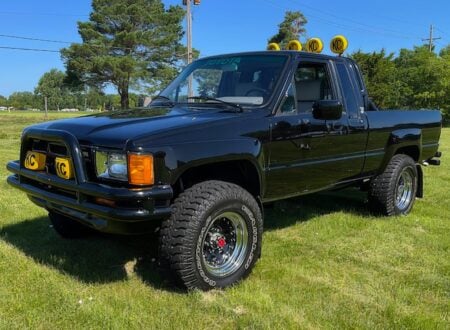This is a GKN FV432 Armored Personnel Carrier, or FV432 APC for short, it was developed by the British company GKN (Guest, Keen and Nettlefolds) in the 1960s and over 3,000 were made in total in a wide variety of configurations.
The FV432 APC you see here is a 1963 model, it had its armaments removed before it was sold as military surplus, and it’s powered by the highly-respected Rolls-Royce K60 multi-fuel engine which produces 250 bhp.
Fast Facts – The GKN FV432 APC
- The GKN FV432 Armored Personnel Carrier was built over three generations between 1962 and 1971, the Mark 1 was petrol-powered, the Mark 2 had the Rolls-Royce K60 multi-fuel engine, and the Mark 3 had a more traditional diesel engine.
- The FV432 could be equipped in a wide variety of specifications to perform different roles, including as a command vehicle, ambulance, cargo carrier, communications vehicle, recovery vehicle, a personnel carrier, and as an anti-tank guided missile launcher.
- Some examples of the GKN FV432 were set up for amphibious duties and were able to cross rivers and small bodies of water using their tracks to move them forward or backward.
- The vehicle you see here is a 1963 GKN FV432 fitted with the Rolls-Royce K60 multi-fuel engine, it was retired from the British armed forces a number of years ago and it’s now being sold out of Bakersfield, California with a price guide of $4,000 – $8,000 USD.
The GKN FV432 Armored Personnel Carrier
The GKN FV432 armored personnel carrier, also known as the FV432 APC, is a multi-purpose British tracked military vehicle that was developed in the 1960s.
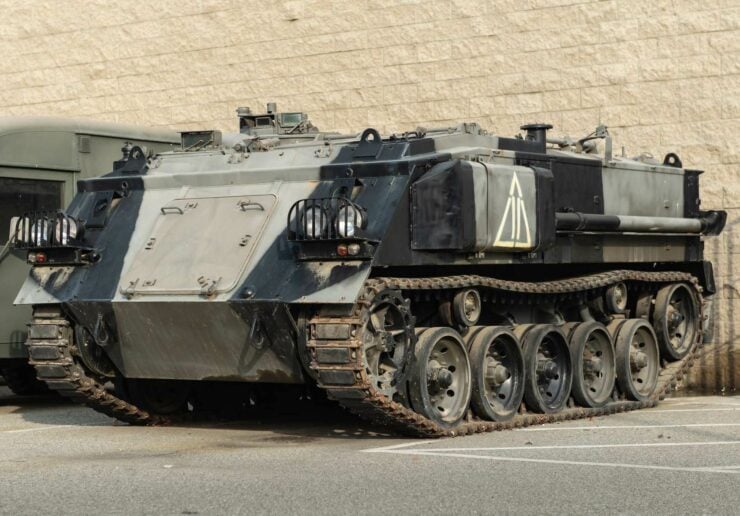

It was designed to transport troops and equipment across difficult terrain, as well as provide protection from small arms fire and shell splinters. The FV432 APC has been widely used by the British Army, as well as by several other armed forces around the world including India and Ukraine.
The FV432 APC is a tracked vehicle that weighs approximately 15 tons. A number of engine were used over production including a petrol engine on the Mark 1, a Rolls-Royce K60 multi-fuel engine on the Mark 2, and a standard diesel engine on the Mark 3. The top speed of the later versions is approximately 32 mph and the vehicle can carry up to 10 fully-equipped troops, including the driver and a commander.
Depending on requirements the FV432 can be equipped with a variety of weapons including a turret-mounted machine gun for self-defense, an 81mm mortar, a 30mm RARDEN-gun, and a 84mm Carl Gustav recoilless rifle.
The FV432 has a welded steel hull and a sloping front plate which provides additional protection for the driver and commander. The vehicle also has a smoke grenade discharger system, which can be used to create a smoke screen to obscure the vehicle’s position from enemy fire long enough to get to safe ground.
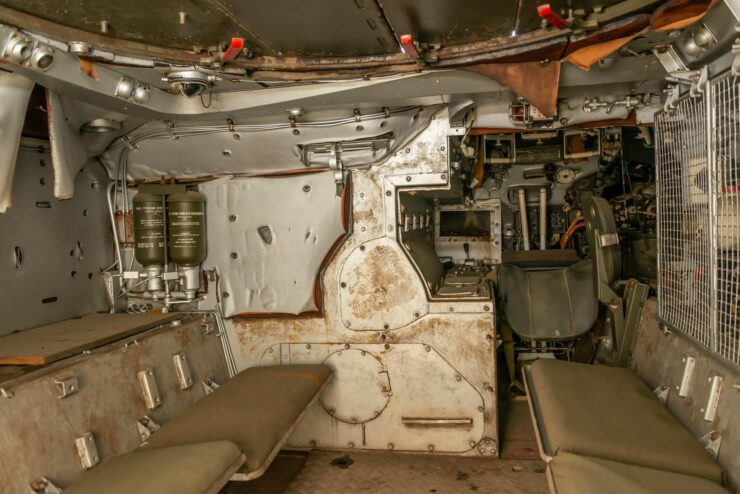

One of the advantages of the FV432 APC is its versatility, it can be used for a wide range of missions, including reconnaissance, patrol, ambulance service, and transport. It can also be equipped to be fully amphibious if required, allowing it to cross rivers and small bodies of water using its tracks for motive power.
The FV432 APC has been used in many conflicts around the world, it was used by British forces in the Falklands War, the Gulf War, the Afghanistan War, and the Iraq War.
The FV432 APC has been in service for over 50 years, and it has undergone several upgrades and modifications over the years. In 2003, the British Army began a program to upgrade approximately 500 of its FV432 APCs, this included the installation of new engines, transmissions, and suspension systems.
The upgraded vehicles were also fitted with improved armor, communications, and electronic systems, which improved their battlefield effectiveness in the 21st century.
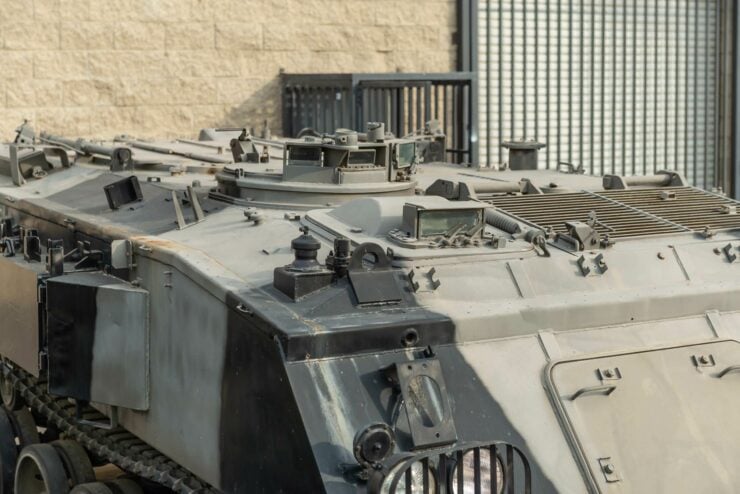

The 1963 GKN FV432 APC Shown Here
The vehicle you see here is a GKN FV432 Armored Personnel Carrier that was built in 1963, relatively early in the production run. As mentioned further up it’s powered by the Rolls-Royce K60 multi-fuel engine, this is a desirable power unit as it could obviously run on a variety of fuels, and its supercharged, opposed-piston design is an engineering marvel.
It’s clear that this APC was well-used by the British armed forces and it could do with a little remedial work here and there, but it’s all functional and drivable right now so it could always be treated to work as needed.
Inside you’ll find space for up to 10 people including the driver who sits on the right in a small cockpit surrounded by controls. There’s no steering wheel of course, just the two levers that operate tracks, turning is accomplished by braking one set of tracks, and it can do a 360º on the spot but rotating one set of tracks forward and the other in reverse.
Given the way much of the world seems to have been trending over the past few years, it might make a surprising amount of sense to have an APC tucked away for a rainy day. You never know.
This APC is currently being offered for sale by The Market by Bonhams out of Bakersfield, California with a price guide of $4,000 – $8,000 USD, which seems like a steal for a 15 ton armored vehicle. If you’d like to read more about it or register to bid you can visit the listing here.
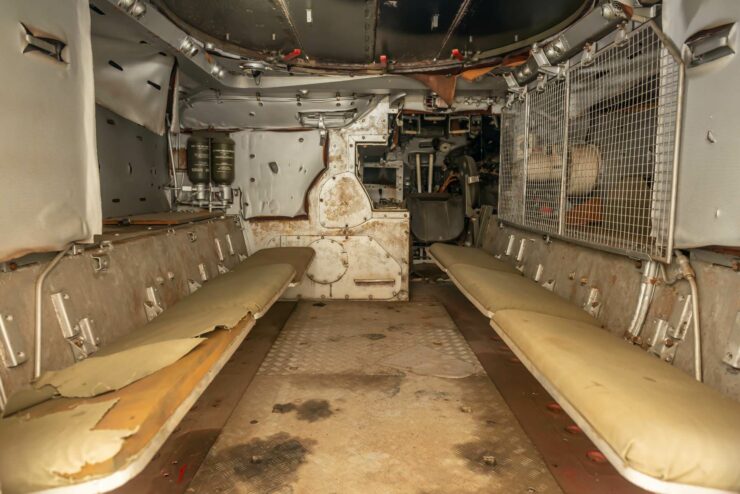
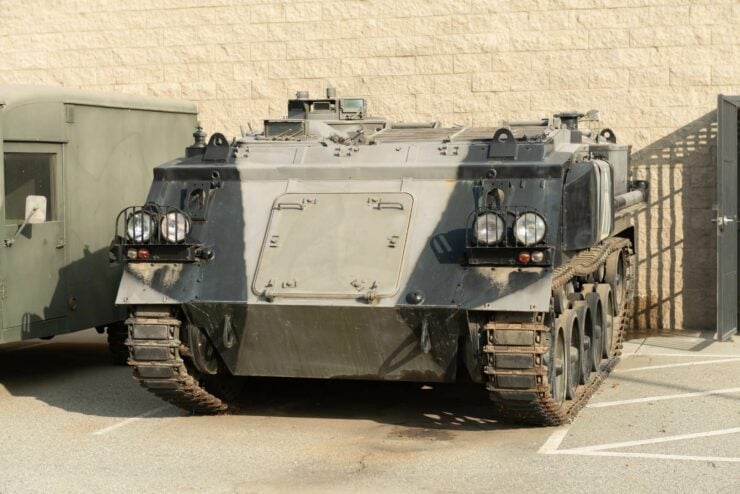

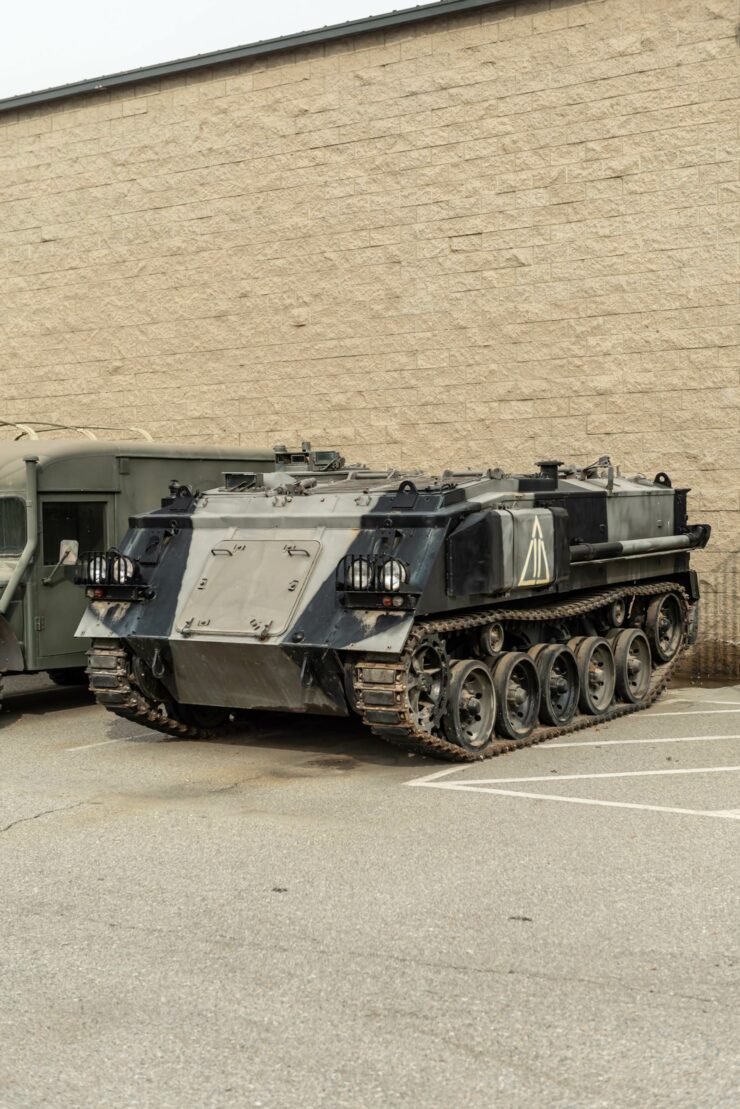
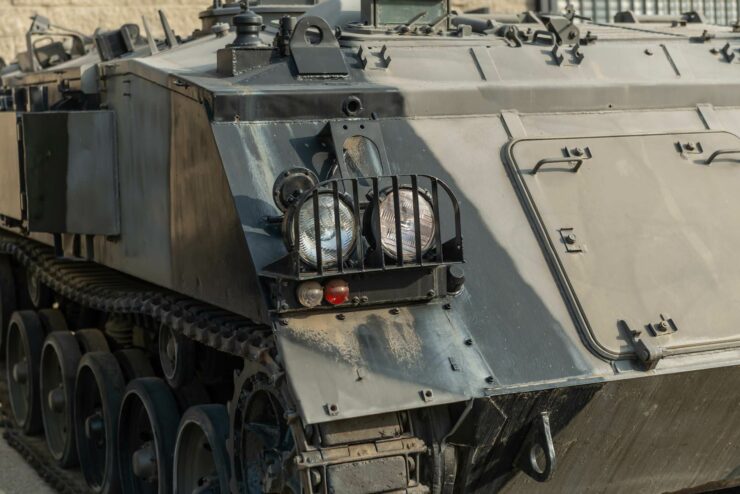


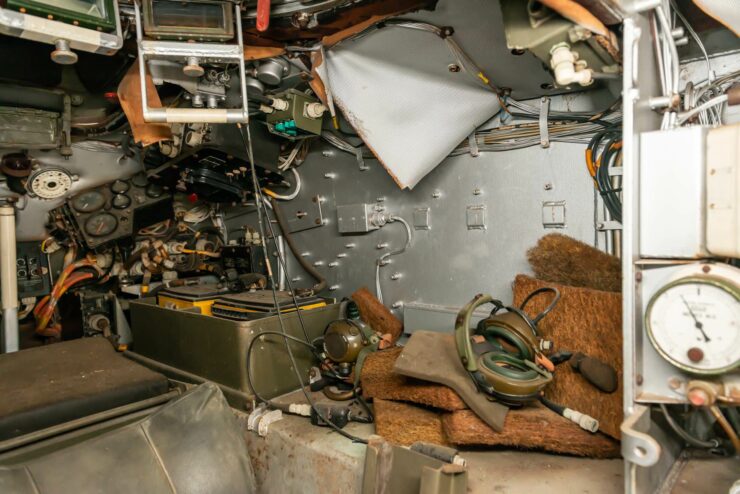
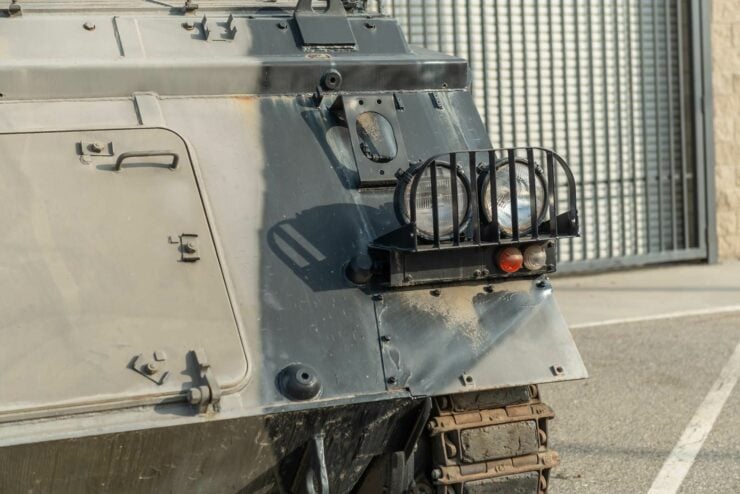
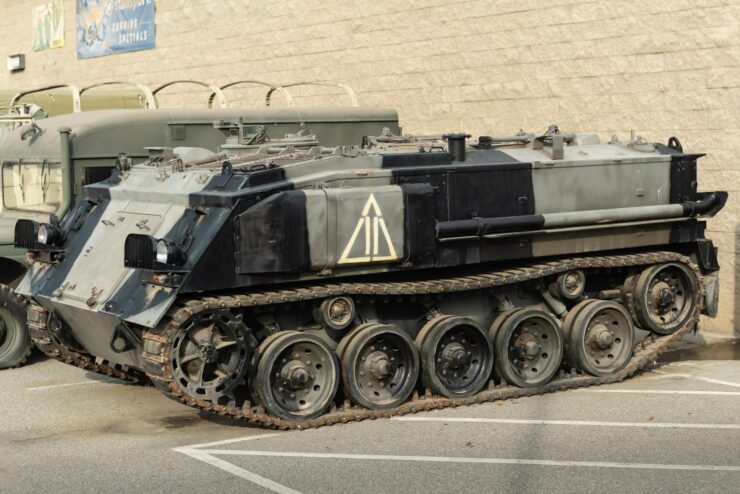
Images courtesy of The Market by Bonhams

